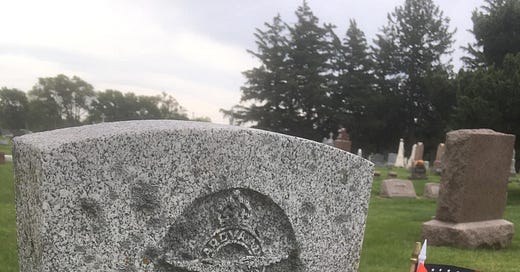
WATERLOO — They had wings on their chests but flew under a maple leaf banner before America mobilized for World War II — from the Hawkeye State.
Iowans flew for the Royal Canadian Air Force before or just as the U.S. entered World War II. Several lost their lives, either flying for Canada, or after transferring from the RCAF to the U.S. Army Air Force after America entered the war.
Veterans Day in the United States, Nov. 11, is Remembrance Day in Canada and many other nations in the British Commonwealth, honoring all those who gave their lives in those nations’ armed services.
According to a Nov. 8, 2023 article in the Canadian media outlet Global News, more than 9,000 Americans enlisted in the RCAF in World War II, despite America’s official neutrality prior to the bombing of Pearl Harbor. It was part of a recruiting effort conducted by Canadian air marshal and legendary World War I fighter ace William Avery “Billy” Bishop.
More than 850 Americans who enlisted in the RCAF died in the war. These northeast Iowans were among them:
Robert R. Foster of Waterloo enlisted in the RCAF before the U.S. entered World War II, attaining the rank of lead aircraftman. On April 13, 1942 he was killed on a training flight near Hope Island, Georgian Bay, Lake Huron, Ontario. He was 21 years old.
RCAF veterans have said the training flights were dangerous, simulating low-flying combat conditions. According to military accounts, Foster was flying in low-level formation when his North American Harvard training craft side-slipped on a steep turn. A wing came in contact with the water and the plane crashed.
According to Waterloo Courier articles, his body was not found with the plane wreckage. A search ensued and his body was found on the shore of Hope Island. He apparently perished in an attempt to swim to shore in the icy water. His tunic, flight helmet and parachute had been found with the wreckage of the plane.
In Waterloo, Foster had attended Our Lady of Victory Academy (OLVA) and St. Mary’s High School before graduating from East High School in 1939. He had been a Waterloo Courier paper route carrier during his school years and worked two years at The Rath Packing Co. in Waterloo before enlisting in the RCAF.
His body received a Canadian military escort via train back to Waterloo for burial in Calvary Cemetery.
At Westview Cemetery near La Porte City is a memorial marker to World War II RCAF pilot Russell Bradfield Ashley. His De Haviland Mosquito fighter-bomber crashed northwest of Cochin Harbor on the southern tip of India in April 1945, in the Arabian Sea region of the Indian Ocean. His body was never recovered. He was 31 years old. He is the uncle of Academy Award winning actor Annette Bening, who grew up in Kansas.
According to articles in the La Porte City Progress Review and the Waterloo Courier, Ashley had joined the RCAF in December 1941 and received training at Prince Edward Island in Canada.
He was stationed for a time in British East Africa and had been previously injured “as the result of air operations” on another flight assignment, after which he had been promoted to flight officer. He had also wrote home of a trip to the Holy Land while on leave between duty assignments. He had reportedly applied for a transfer to American forces prior to his death.
Flight Lieutenant Ashley’s name is also listed on the Singapore War Memorial at Kranji War Cemetery in Singapore. Ashley’s brother, Roy Edgar Ashley Jr., served in the U.S. Marine Corps during the war and was wounded at the Battle of Tarawa in the Pacific. He died in 1996 at age 84 and also is buried at Westview Cemetery.
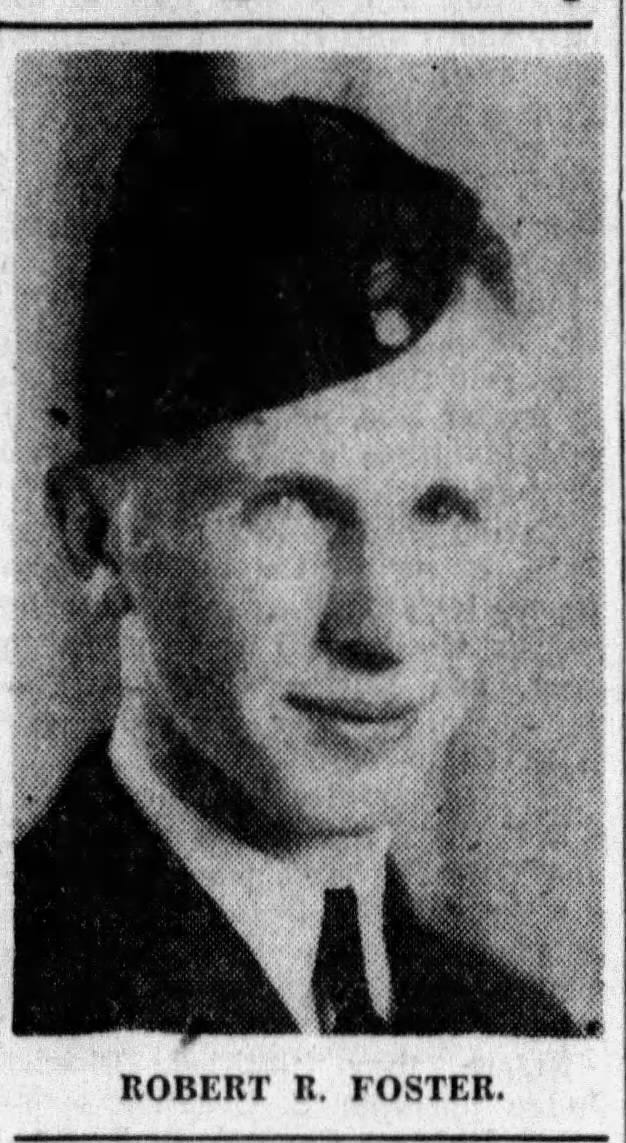
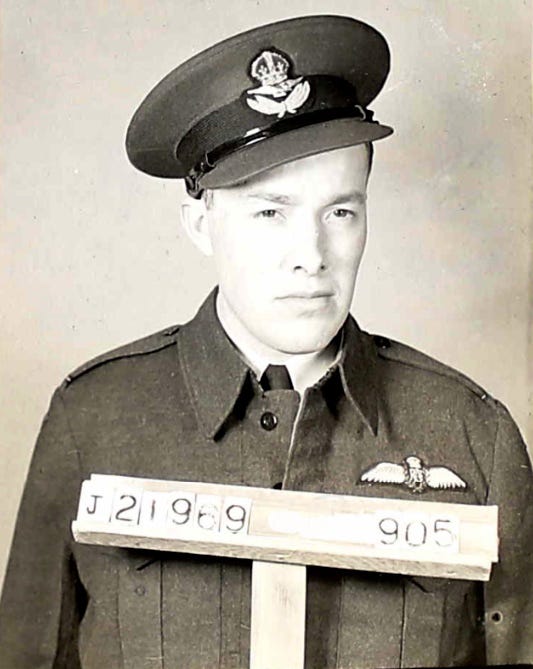

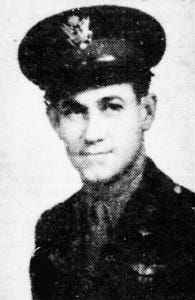
Another Iowa-born RCAF officer, Kenneth Roland Henry of Iowa Falls, was a pilot officer on an American-made Consolidated B-24 Liberator bomber, used by the RCAF for reconnaissance and long-range bombing in Southeast Asia. He served in the 354th Squadron of the RCAF India Command. He was killed on Sept. 30, 1943.
According to a letter to his father, Leland Henry, from his commanding officer, Wing Commander Kenny Mellor, available on the Canadian Virtual War Memorial website, Henry was attempting to manually lower a landing gear leg stuck under the bomber's nose due to a failure in the hydraulic system. The stuck landing gear moved “and banged his head against the side of the aircraft,” Mellor wrote,
A co-pilot radioed for a mobile surgical unit as he landed the plane but Henry never regained consciousness and died of his injuries. He was 21. He given a full military funeral near his base. His remains are now interred at the Madras War Cemetery in Chennai, India.
Wing Commander Mellor wrote Leland Henry that his son was “a very courageous captain — in fact one of the best captains of aircraft that I have.”
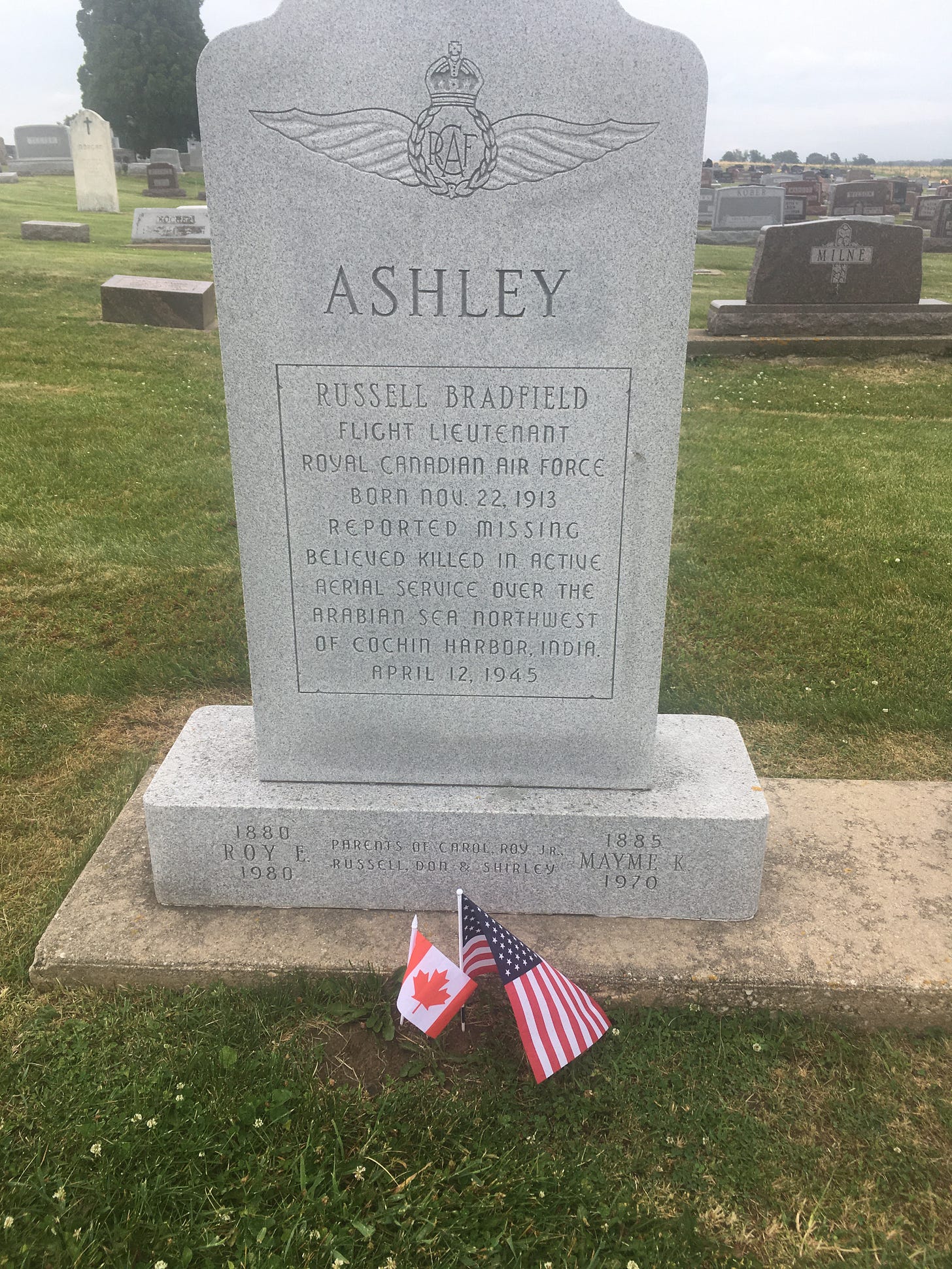
A fourth airman, James F. Emerson of Volga in Clayton County in northeast Iowa, enlisted in the Royal Canadian Air Force in January 1942, and flew for the RCAF a year and a half. In July 1943 he transferred to the U.S. Army Air Force as a B-24 bomber pilot in the 453rd Bomber group of the 734th Bomber Squadron.
According to military records, he had completed his quota of missions with the USAAF and was due to be home by Thanksgiving 1944. But he volunteered for another mission.
Emerson and seven crewmates were killed when his Liberator “Shack Happy” was shot down over Hamm, Germany on Oct. 2, 1944. He received the U.S. Distinguished Flying Cross and the Air Medal, in addition to a Purple Heart. He is buried at the Netherlands American Cemetery at Margraten, the Netherlands.
Robert Foster, Russell Ashley and Kenneth Henry are all on an RCAF memorial at McGill Field in Brandon, Manitoba. Canada, dedicated in 2014 and honoring 19,000 RCAF personnel who lost their lives in World War II.
The chairman of the privately financed RCAF memorial project was Archie Londry, a Canadian cattleman from Manitoba province who served as a World War II RCAF flight instructor.
In a 2014 interview with the Waterloo-Cedar Falls Courier, Londry said the RCAF was a skeleton force in 1939 when the war started. Of the Americans, including the Iowans, he said, “We welcomed them with open arms.”
It was a final gesture of gratitude. Archie Londry died five years after the dedication, at age 97, on Nov. 13, 2019 — two days after Remembrance Day.
Pat Kinney is a freelance writer and former longtime news staffer with the Waterloo-Cedar Falls Courier and, prior to that, several years at the Ames Tribune. He is currently an oral historian with the Grout Museum District in Waterloo. His “View from the Cedar Valley” column is part of “Iowa Writers Collaborative,” a collection of news and opinion writers from around the state who previously and currently work with a host of Iowa newspapers, news organizations and other publications. They are listed below. Clink on the links to check them out, subscribe for free - and, if you believe in the value of quality journalism, support this column and/or any of theirs with a paid subscription .
The Iowa Writers’ Collaborative

